Many tattoo artists choose to make tattoo stencils without carbon paper for a variety of reasons. The main reason is because using a stencil creates a mirror effect of the image that is to be tattooed. Tattoo artists use a light table, or light box, to trace photos and drawings in reverse in order to produce a stencil that represents the drawing in it's original form. In addition, using a light box with tracing paper and hectograph pens or pencils is far more cost effective than using carbon paper.
- Many tattoo artists choose to make tattoo stencils without carbon paper for a variety of reasons.
- Tattoo artists use a light table, or light box, to trace photos and drawings in reverse in order to produce a stencil that represents the drawing in it's original form.
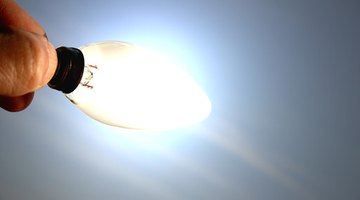
Assemble a light box or light table. A light box or table is little more than a clear piece of Plexiglas or plastic with a light bulb beneath it. This allows the artist to clearly view the photo or drawing to be traced by providing bright and even lighting underneath it. This can be done by making a square hole in a desk and installing Plexiglas over it and a lamp underneath, or by placing a lamp underneath a glass table. Portable tabletop light boxes may be purchased from tattoo supply retailers.
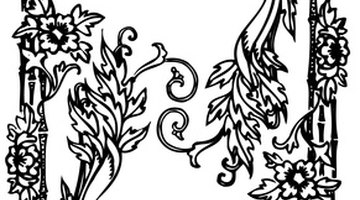
Place the photo or drawing to be traced on top of the light box. Be sure to place it face down as the objective is to trace it in reverse (mirror image). When the stencil is applied to the skin it appears in reverse of what it looks like on paper. Essentially, tracing the drawing in reverse counteracts this action and the stencil will duplicate the original drawing once applied to the skin.
- Place the photo or drawing to be traced on top of the light box.
- Be sure to place it face down as the objective is to trace it in reverse (mirror image).
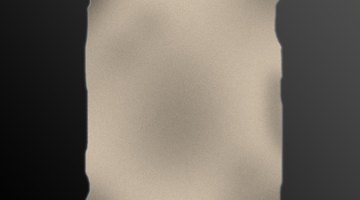
Place tracing paper over the chosen photo or drawing. Select an appropriately sized sheet of tracing paper. Trim to size if necessary and place it directly on top of your drawing. Make sure your drawing is face down to create a mirror image before covering with tracing paper.
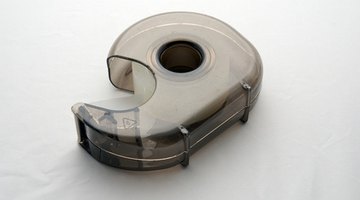
Tape the tracing paper and original drawing down. To help avoid mistakes and ensure neat, clean lines you must keep the papers from sliding against one another or off of the light box. Gently secure them in place with a few small pieces of Sellotape.
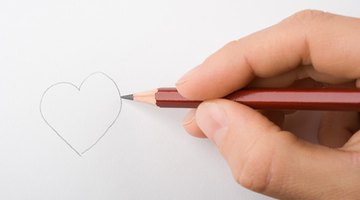
Trace the drawing onto the tracing paper with the hectograph pen or pencil. A hectograph pencil is a popular tattoo stencilling tool because its gelatin base contains violet dye that does not smear, yet is neatly and easily transferred to moistened skin. Use a hectograph pen or pencil to trace the drawing over your light box or table. The mirror image tattoo stencil is now ready to apply.
- Tape the tracing paper and original drawing down.
- Use a hectograph pen or pencil to trace the drawing over your light box or table.
TIP
Remember that drawings will appear on the skin in reverse of how they appear on the stencil. Always provide a clean and sterile area, equipment, and supplies when giving or receiving tattoos.
WARNING
Do not attempt to tattoo yourself or anyone else without the proper training and state required certification.
